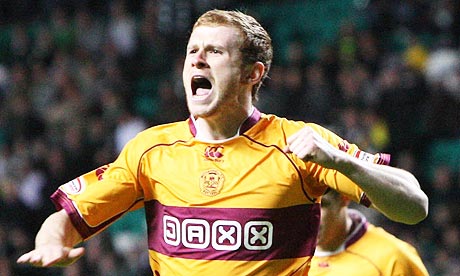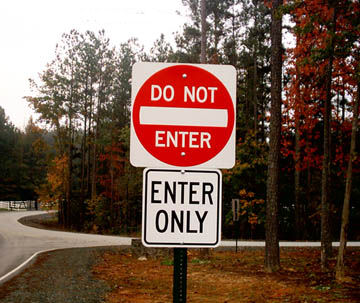Follow us on Twitter (@camdendepot).

I noticed something interesting the other day while discussing the Vladimir Guerrero trade with Daniel Moroz of
Camden Crazies. Vlad's 2010 season has continually been referred as, to some extent, a monster season. I heard it first coming from Brian Roberts in a
Baltimore Sun article with his statement: "You are talking about a Hall of Fame guy coming off a
monster year." I saw it again over at
Orioles' Hangout when Scott Hoffman referred to Vlad's "
monster 2010 season." It has also been in great use in message boards, Twitter feeds, and talking heads. It just is not true. His season can be pretty much summed up as an average to slightly above average year for a designated hitter. Vlad is an aging bad ball hitter (which he is still quite good at) who cheats on fastballs, cannot run, cannot walk, and has much trouble in the field. He is so talented at hitting bad pitches that he can still rack up those hits. They are just becoming less and less impressive. In Oriole terms, we have seen this erosion of similar skills before in Miguel Tejada and Sammy Sosa. Vlad was a monster, but he really is no longer. So why do people keep referring to last season as a monster season?
I figured it was simply a halo effect where an average performance looked better because the team went to the World Series and the hitters around him (i.e. AL MVP Josh Hamilton and Nelson Cruz) did pretty well. A non-science example of this was recently mentioned in a
Scientific American article. In that article people were asked what they thought the calorie content of various meals. One of the comparisons they made were between meals consisting of a hamburger or alone or a hamburger with three stalks of celery. The average caloric estimate for the hamburger was 691. When the burger was paired with celery the average estimate was 648. Well, celery does not work that way, but perception does. In a similar way, I thought Vlad was a burger and the stalk was the World Series.
However, a third party (
@getstoked) entered our Twitter dialogue and gave a different insight. He mentioned that perhaps to a lot of people a monster season is actually what they would call Vlad's season. As in, Vald was no burger, he was a stalk of celery (I probably need to abandon this analogy). Anyway, Vlad hit 29 home runs, drove in 115 runs, and managed .300 for his batting average. These are all solids numbers for the traditional
Triple Crown perspective. For someone who has embraced more advanced statistics for the past ten years, I sometimes lose the ability to understand performance through another's perspective (even perspectives I once dearly held). For me, home runs are nice, but you have to take into consideration other types of hits and ballpark factors. For
instance, a difference of 8.7 feet will reduce home runs by about 25%. RBIs are a notorious opportunity statistic and are therefore heavily reliant on who is hitting in front of the batter. I think we all remember Jay Gibbons' 2003 season. Finally, batting average is a poor metric because it condenses all hits as equal and completely ignores other aspects of avoiding outs (e.g. base on balls). These
Triple Crown stats are burned into the majority of the baseball fans. It is often considered the norm. It was for me. So it is conceivable that many are defining a
Monster Season as a year where a player hits 30 home runs, 100 RBIs, and a .300 average. Vlad just missed this by a home run, but it seems to fit.
After the jump, a short primer on advanced statistics and the worst 30/100/.300 seasons ever.









